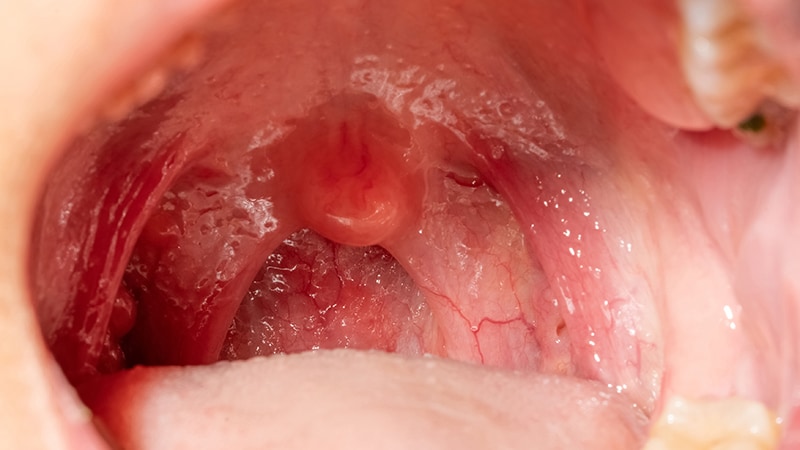- Joined
- Dec 18, 2015
- Messages
- 3,216
- Reaction score
- 4,930
Overheard in the CancerGeek podcast: "75% of CMS' rad onc claims are prostate, breast*, lung, and bone mets." Thus if there's "fiddling" with JUST ONE of these, it's going to cause really big ripples throughout the rad onc system. I'm trying (as I'm wont to do) to get people to understand what a strong wind rad onc is facing. This has been evolving the last 10y, but I definitely sense the gust(s) picking up...
1) I have already discussed the declining prostate cases being treated in rad onc. Falling patient numbers (less screening, less diagnoses, less incidence, less prevalence, more surgery), and falling fractions.
2) Lung cancer incidence ALSO dropping. "Lung cancer death rates declined by 51% from 1990 to 2017 among men and 26% from 2002 to 2017 among women. From 2013 to 2017, the rates of new lung cancer cases dropped by 5% per year in men and 4% per year in women. The differences reflect historical patterns in tobacco use, where women began smoking in large numbers many years later than men and were slower to quit." Did you know that if all cardiothoracic surgeons died from COVID tomorrow and all Stage I lung cancers started getting SBRT, there'd be only two to three Stage I lung cancer patients per year per rad onc in the USA? Even our wildest fantasies on lung cancer run into numerical problems. And now we have surgeons more willing to do Stage III surgeries.
3) BREAST
a) "I set out to find [HER2+] patients who had [local] recurrence... Approximately 2,000 patients later, I have not seen one."
b) "[A] population-based study revealed that rates of omitting radiation [between 1999 and 2010] increased from 15.5% in 1992 to 25% in 2007."
c) Extreme hypofx in breast will not just send "ripples" as mentioned above. More like tsunamis.
4) Bone mets. APM aims to force "behavioral changes" in America's rad oncs (direct quote per the podcast above) to cause more single-fractionating... see 3(c) above for potential ramifications.
Profit margin problems are on the horizon. If so, that means compensation changes, slowing hiring (even at the academic level!), etc. I do not feel APM will be salvational. It can be in terms of getting more reimbursement in cases of extreme hypofx, but really what we are talking about here is reimbursement AND patient numbers. If you aren't seeing as many patients, you don't need APM to decrease your reimbursement 'cause it's already happening.
To counter my take, many may say "I am seeing more patients." Mathematically, unless every data point I have is somehow fake news, this means other people are seeing less. It has to be. For the 9,484** (!) (probably too high because retirement, mis-classification, etc.) Medicare-accepting radiation oncologists in America, there are only so many patients to go around.
* May even be controversial that there's so many breast patients getting Medicare-funded treatment... does Medicare not notice this
** there are only about 150 radiation oncologists in the Philippines, a nation of ~100 million people
1) I have already discussed the declining prostate cases being treated in rad onc. Falling patient numbers (less screening, less diagnoses, less incidence, less prevalence, more surgery), and falling fractions.
2) Lung cancer incidence ALSO dropping. "Lung cancer death rates declined by 51% from 1990 to 2017 among men and 26% from 2002 to 2017 among women. From 2013 to 2017, the rates of new lung cancer cases dropped by 5% per year in men and 4% per year in women. The differences reflect historical patterns in tobacco use, where women began smoking in large numbers many years later than men and were slower to quit." Did you know that if all cardiothoracic surgeons died from COVID tomorrow and all Stage I lung cancers started getting SBRT, there'd be only two to three Stage I lung cancer patients per year per rad onc in the USA? Even our wildest fantasies on lung cancer run into numerical problems. And now we have surgeons more willing to do Stage III surgeries.
3) BREAST
a) "I set out to find [HER2+] patients who had [local] recurrence... Approximately 2,000 patients later, I have not seen one."
b) "[A] population-based study revealed that rates of omitting radiation [between 1999 and 2010] increased from 15.5% in 1992 to 25% in 2007."
c) Extreme hypofx in breast will not just send "ripples" as mentioned above. More like tsunamis.
4) Bone mets. APM aims to force "behavioral changes" in America's rad oncs (direct quote per the podcast above) to cause more single-fractionating... see 3(c) above for potential ramifications.
Profit margin problems are on the horizon. If so, that means compensation changes, slowing hiring (even at the academic level!), etc. I do not feel APM will be salvational. It can be in terms of getting more reimbursement in cases of extreme hypofx, but really what we are talking about here is reimbursement AND patient numbers. If you aren't seeing as many patients, you don't need APM to decrease your reimbursement 'cause it's already happening.
To counter my take, many may say "I am seeing more patients." Mathematically, unless every data point I have is somehow fake news, this means other people are seeing less. It has to be. For the 9,484** (!) (probably too high because retirement, mis-classification, etc.) Medicare-accepting radiation oncologists in America, there are only so many patients to go around.
* May even be controversial that there's so many breast patients getting Medicare-funded treatment... does Medicare not notice this
** there are only about 150 radiation oncologists in the Philippines, a nation of ~100 million people
Last edited:


